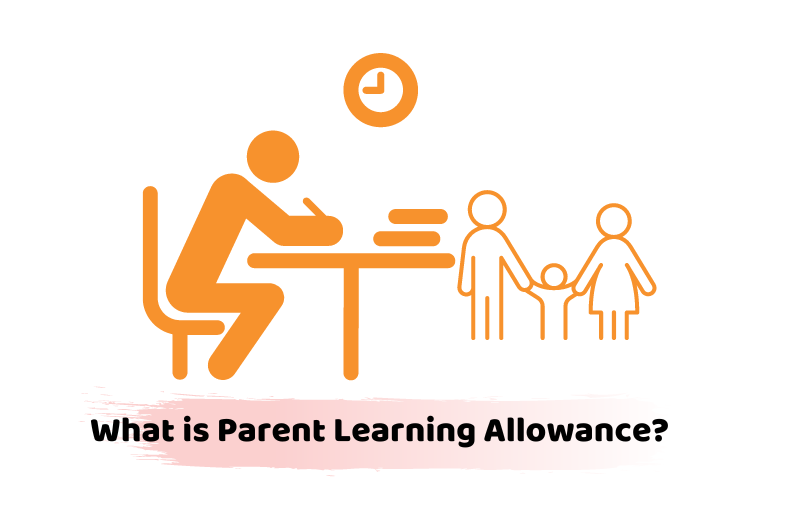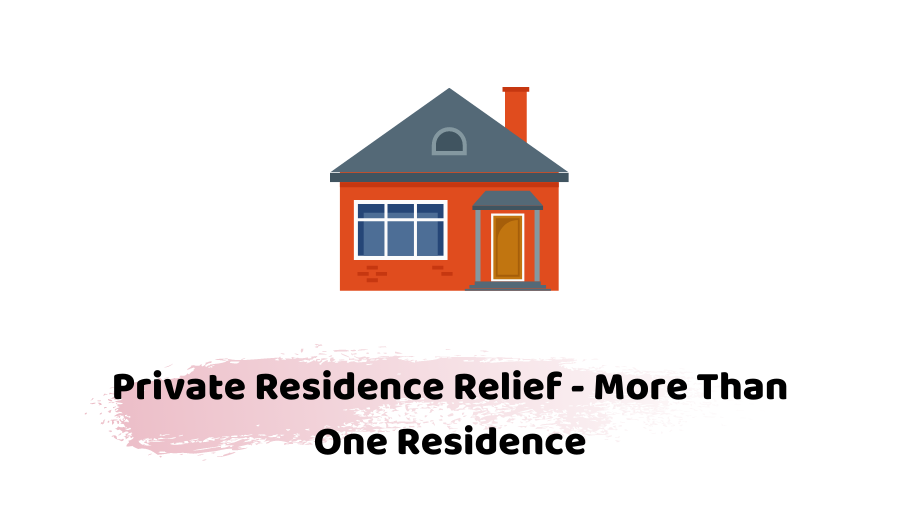Principal Private Residence Relief (PPR relief) allows homeowners to sell their homes without being liable for any capital gains tax on property profits. It may also help you reduce your capital gains tax liabilities when selling a second home or part of your garden.
Taxpayers who own more than one residence (whether in the UK or overseas) have a number of tax issues to consider in respect of the potential capital gains tax on a disposal of any of those residences. Practical advance planning in this situation can have a major beneficial impact on the number of capital gains tax payable. 28% reduced to 18% to the extent any taxable gain falls within the taxpayer’s basic rate band for income tax.
Pondering which mortgage type to choose! Talk to our mortgage experts to get an insight!
What is a qualifying private residence?
The first issue is establishing whether any particular property is a residence that potentially qualifies for purposes of capital gains tax principal private residence relief. Such a residence is a property that an individual occupies as a home with some degree of expected permanence. Relief can never apply to properties exclusively let by taxpayers to third parties. Except in very particular circumstances where the taxpayer is required to live in professional accommodation, e.g. clergymen, army officers.
Occupation doesn’t have to be continuous; it’s possible to have more than one qualifying residence available at any time. The residence doesn’t have to be owned by the individual so strictly; a property rented by a taxpayer will qualify as a resident of that taxpayer. If he or she uses it as a a home, this can sometimes cause difficulties in terms of capital gains tax relief.
Certain periods of long-term non-occupation (providing there is no other qualifying residence at the same time), in particular when the taxpayer resides in job-related accommodation (up to four years), is working overseas (unlimited periods), or for any other reason (up to three years) are ignored. Short-term periods of non-occupation, for instance with respect to holidays, are also being sidelined. The last thirty-six months of ownership of any residence which has qualified for relief at some point in time always qualifies for relief for those last thirty-six months, irrespective of whether the property was occupied in those thirty-six months or not.
Want to get rid of taxation troubles? contact Accotax!
Quick profit
If a property is acquired with the intention of renovating it and selling it quickly for a profit, HMRC may seek to deny principal private residence relief. This is because there was no intention of using the property as a residence with a degree of permanence, even if the individual moved into the property while renovating it. Moving into the property while it’s on the market for sale is unlikely to make that property a residence with a certain degree of permanence. It’s possible for HMRC to seek to tax any such gains as income (rather than capital gains), although this is unlikely for a property renovation or sale. If an individual carries out a serial number of property purchases, renovations, and sales, a liability to income tax (and Class 2/4 National Insurance contributions) will almost certainly arise. Especially where such transactions are undertaken by anyone associated with the construction industry.
More than one residence
As detailed above, it is possible to have more than one private residence at any one time. The obvious examples of this are a holiday home (as long as it is coming in use as a residence at some point from time to time) or a residence near a place of work utilizing for part of the week another residence elsewhere for the rest of the family.
Once it is established that there is more than one qualifying residence, it is necessary to establish which residence qualifies for principal private residence relief. Only one residence can qualify for principal private residence relief at any point in time. Except that relief is automatically available for the last thirty-six months of ownership of any residence that has been a principal private residence of the taxpayer at some point in time, irrespective of whether any other residence also qualifies for relief in the aforesaid thirty-six-month period.
Husbands and wives (or civil partners) living together can only have one qualifying residence between them. If no election takes place, then relief transfers to the principal (main) residence, built upon the facts of the case. Relief is unlikely to be an attribute of a holiday home, as there would be another principal residence. Likewise, relief is also unlikely to be an attribute to the residence near the place of work if the family lives at the other residents and the individual also resides there for the weekends and holidays.
Electing to designate the principal residence
The default principal private residence may not be the most tax-efficient choice (especially if that residence is on rent), and under certain circumstances, it is possible to select an alternative principal residence. An election can only take place within two years of a change in circumstances. A change in circumstances is generally an increase or decrease in the number of residences held by individuals. But note that a reduction from two residences to one is not a relevant change. An election can vary at any time once it takes place and is valid as long as there’s no further change in circumstances. (at which point the election automatically revokes and the default position reverts unless a new election comes up.)
On the acquisition (or within two years thereafter) of a further residence (or disposal of a residence as long as at least two residences remain), it is likely to be worthwhile to elect (if no such election has previously been made) to make the residence that will not otherwise qualify for principal private residence relief the elected principal residence. It is then possible to vary the election shortly thereafter (say a month later) and reinstate the original residence as the elected principal residence. The effect of this election is to exempt one month and the last three years of any gain on the second residence from the capital gains tax, at the cost of one month’s loss of relief on the principal residence.
The HMRC guidance on this strategy, set out under reference CG64510, includes an example of the procedure, and this is here for your attention:
- If a non-UK domiciled taxpayer has a residence outside the UK, care needs to be taken of any election or default position. Any gain on the foreign residence may not be taxable in the UK if the remittance basis is being used.
- An election must be in writing, an individual must sign it and send it to the tax district of the individual. Confirmation by HMRC of receipt of an election doesn’t mean that it has been accepted that such an election is valid. It’s simply an acknowledgement of receipt and the validity of any election will only be considered if taxes are at stake.
- Transfers between spouses and civil partners (while living together) do not create a change in the number of residences. And cannot come into use to create the conditions necessary to make an election. However, in certain circumstances, a transfer between spouses and civil partners can be beneficial. The rules in this respect are complex, and specific advice to suit individual circumstances is needed.
A major consideration as to whether or not to make an election is:
- potential appreciation in the value of each residence.
- The likely gain that will arise on each and
- whether any residence is likely to sell out in the foreseeable future, in particular in the next three years.
Lettings relief
Once a residence is established as a principal private residence (even if only for a very short period via an election as detailed above) a supplementary relief is available to exempt certain gains (up to £40,000 per taxpayer) attributable to periods when the property was let either partially while being occupied or fully during a period of non-occupation by the residence owner.
Still confused! Get in touch with our certified accountants for help.
If you are looking for accountants in London, you don’t need to look further. With ACCOTAX, you will surely be in safe hands. For more information, contact us.





















































